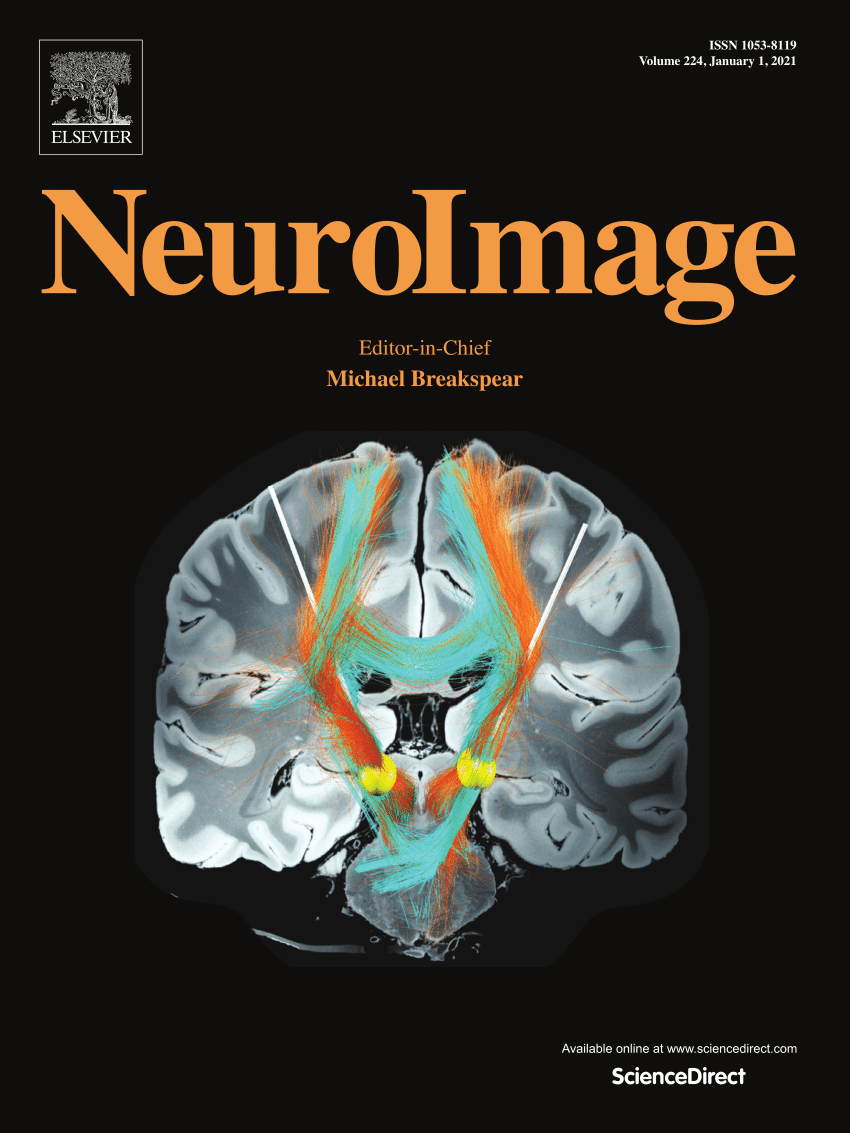Technical considerations for using intravenous gadolinium-based-contrast-agent (GBCA) based MRI approaches to study cerebrospinal fluid (CSF) circulation and clearance
IF 4.7
2区 医学
Q1 NEUROIMAGING
引用次数: 0
Abstract
Intravenously (IV) administered Gadolinium-based-contrast-agents (GBCAs) can enter the intracranial cerebrospinal-fluid (CSF) space via weak barriers between blood and CSF at multiple locations in the brain. This enables IV-GBCAs to be used as a tracer to study CSF circulation and clearance in the brain. With proper optimization, IV-GBCA induced signal changes can be robustly detected in various brain regions associated with CSF circulation. Nevertheless, whether these signal changes can be attributed to GBCA concentration changes in the CSF space should be interpreted with caution. This review attempts to discuss several technical challenges for using IV-GBCA MRI to study CSF circulation in the brain. First, it is critical to minimize the partial volume effects from the blood compartment as IV-GBCAs can present in both the blood and CSF compartments for a long time. Second, MRI approaches that can provide a quantitative measure of GBCA concentration in the CSF are preferred as raw MR signal intensities can often have a complicated relationship with GBCA concentration. Third, regions with intracranial and extracranial blood supply should be analyzed separately because GBCA distribution in regions with extracranial blood supply may not be a proper indicator for CSF clearance from the brain. Fourth, differences in the cerebrovasculature should be considered when comparing IV-GBCA concentration changes in the CSF in brain diseases. Finally, a proper reference signal needs to be established to calibrate longitudinal post-GBCA signals across sessions. Some of these issues may also apply to intrathecal GBCA MRI studies.
使用静脉注射钆造影剂(GBCA)为基础的MRI方法研究脑脊液(CSF)循环和清除的技术考虑
静脉注射钆造影剂(gbca)可以通过大脑多个部位血液和脑脊液之间的弱屏障进入颅内脑脊液(CSF)空间。这使得iv - gbca可以用作脑内脑脊液循环和清除的示踪剂。通过适当的优化,IV-GBCA诱导的信号变化可以在脑脊液循环相关的各个脑区得到可靠的检测。然而,这些信号变化是否可归因于脑脊液空间中GBCA浓度的变化应谨慎解释。这篇综述试图讨论使用IV-GBCA MRI研究脑脊液循环的几个技术挑战。首先,由于iv - gbca可以长时间存在于血液和脑脊液腔室中,因此将血液腔室的部分体积效应最小化是至关重要的。其次,MRI方法可以提供脑脊液中GBCA浓度的定量测量,因为原始MR信号强度通常与GBCA浓度具有复杂的关系。第三,颅内和颅外供血区域应分开分析,因为GBCA在颅外供血区域的分布可能不能作为脑脊液清除的适当指标。第四,在比较脑脊液IV-GBCA浓度变化时,应考虑脑血管系统的差异。最后,需要建立一个适当的参考信号来校准跨会话的纵向后gbca信号。其中一些问题可能也适用于鞘内GBCA MRI研究。
本文章由计算机程序翻译,如有差异,请以英文原文为准。
求助全文
约1分钟内获得全文
求助全文
来源期刊

NeuroImage
医学-核医学
CiteScore
11.30
自引率
10.50%
发文量
809
审稿时长
63 days
期刊介绍:
NeuroImage, a Journal of Brain Function provides a vehicle for communicating important advances in acquiring, analyzing, and modelling neuroimaging data and in applying these techniques to the study of structure-function and brain-behavior relationships. Though the emphasis is on the macroscopic level of human brain organization, meso-and microscopic neuroimaging across all species will be considered if informative for understanding the aforementioned relationships.
 求助内容:
求助内容: 应助结果提醒方式:
应助结果提醒方式:


